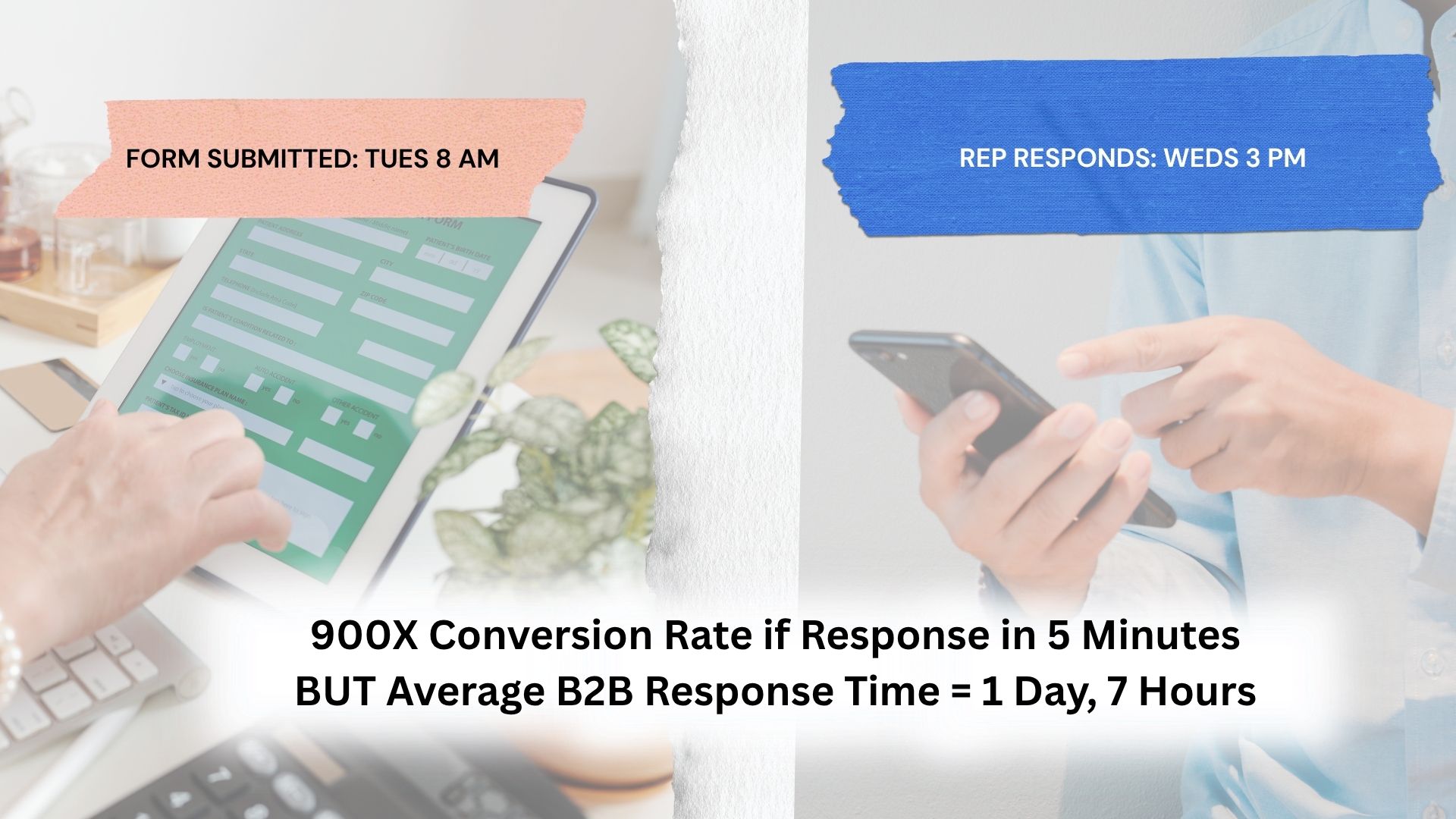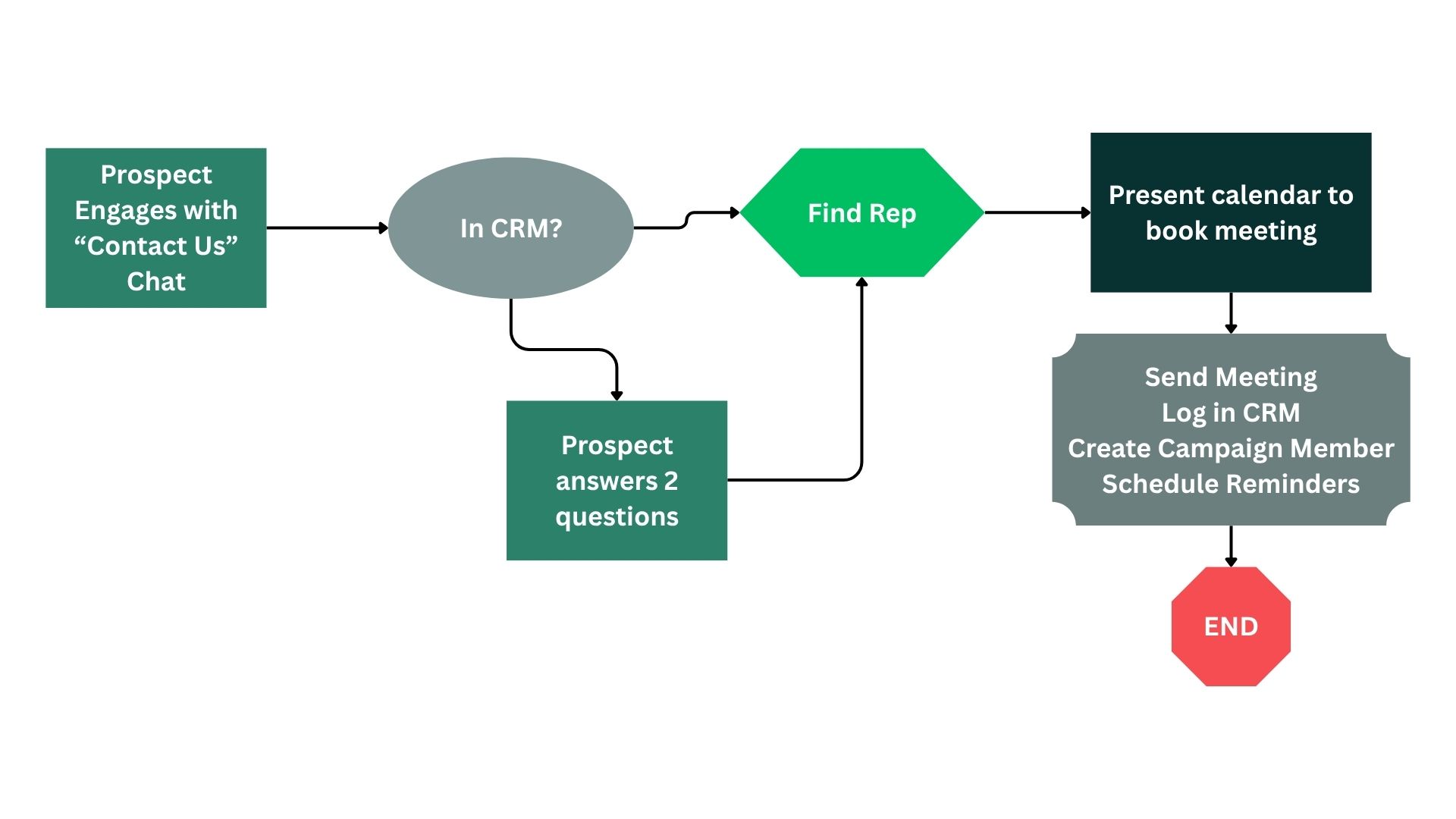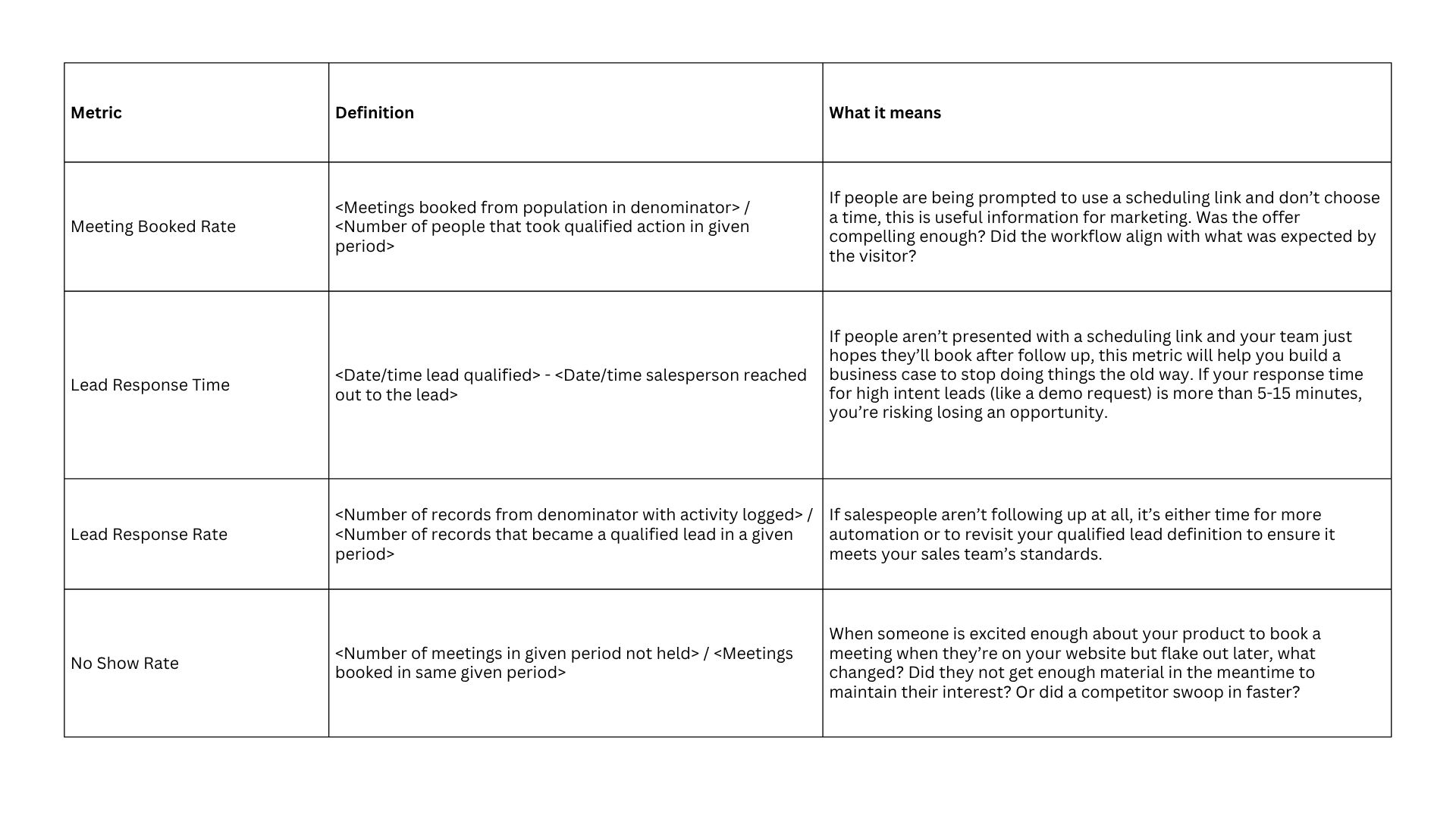

This post is part of a sponsored series with our friends at RevenueHero.
Do you remember what you had for breakfast three days ago?
Unless you’re a creature of habit and default to the same food choices every morning, odds are good that the answer to that question is, “Um. Not really.”
Now apply that same logic to your demo process: if a prospect filled out a “Contact Us” or “Request a Demo” form three days ago and still hasn’t heard back, do you think they’re still interested? Or even remember who you are?
The fact that a sales response within five minutes of a qualifying action can increase your odds of conversion by 900x—yet the average response time across 1,000+ companies is 1 day and 7 hours—is just plain embarrassing.

Revenue operators, we must do better. And while it’s tempting to throw the sales team under the bus, RevOps owns a big chunk of the bottlenecks holding them back.
At minimum, it’s our job to eliminate excuses—so the rest of the business can focus on what really matters. Here’s how.
Back in the day, tools like Calendly were revolutionary. Suddenly, scheduling didn’t require a four-email exchange or “Does Tuesday at 2 work for you?”
So why are we still making reps chase down leads days after they raised their hand?
We’ve heard the objections:
❌ “What if they’re not qualified?”
❌ “We don’t want to waste our sales team’s time.”
❌ “Only tire-kickers book on their own.”
Right. 🙄
Fear of a bad meeting shouldn’t get in the way of a great conversion rate.
Modern tools and smart forms can do lightweight qualification before booking even happens. Think:
And once you know someone is in your ICP, don’t make them wait. Show the calendar. Let them book. Get out of the way.

The gold standard: real-time, in-the-flow booking
The backup plan: triggered follow-ups within minutes
The “please don’t do this” option: sales reps playing email tag with leads who’ve moved on
Speed is great. But speed + accuracy is where the magic happens.
Sure, round robin might be simple. But if your ICP lead in London gets booked with your East Coast BDR who knows nothing about EMEA regulations… well, that’s not a great look.
Even more problematic?
When you’re brand new BDR gets a “new lead” that is actually an existing enterprise customer and should have been routed to the account owner.
Instead, work with your sales team to design routing rules for the ideal state and then find solutions to fit your business rules. Don’t let your technology dictate your lead management strategy.
Make sure your techstack can:
And don’t forget to build fallback rules for when reps aren’t able to stick to SLAs.
🔗 More ideas here: “Can I route that?” – RevenueHero’s Use Case Library
You got the meeting booked—don’t let it fall through the cracks.
Use automated systems to:
The goal is to minimize human error and maximize success rates.
If your reps are manually sending reminders, that’s a workflow fail—not a people problem.
You can’t improve what you don’t measure. Here are some metrics to watch, what they mean, and how to translate when they go sideways:

Also slice each of these metrics by the BDR name, account executive name, and lead source. Some lead sources may not be as high intent as the rest of the business thought they would be, and some salespeople are more diligent about qualification and meeting prep than others.
Want proof this works?
🔗 Read how Freshworks scaled demo bookings by 57%
Your best-fit leads want to talk. Don’t make them wait.
When RevOps owns the scheduling flow—from form logic to calendar booking to follow-up—you reduce friction, eliminate finger-pointing, and create better buying experiences.
Here’s your playbook:
⏱ The clock starts ticking the second they click “Request a Demo.”
Let’s make sure your systems don’t drop the ball.
👀 Want a second set of eyes on your current process? RevenueHero will geek out with you and help pressure-test your flow.